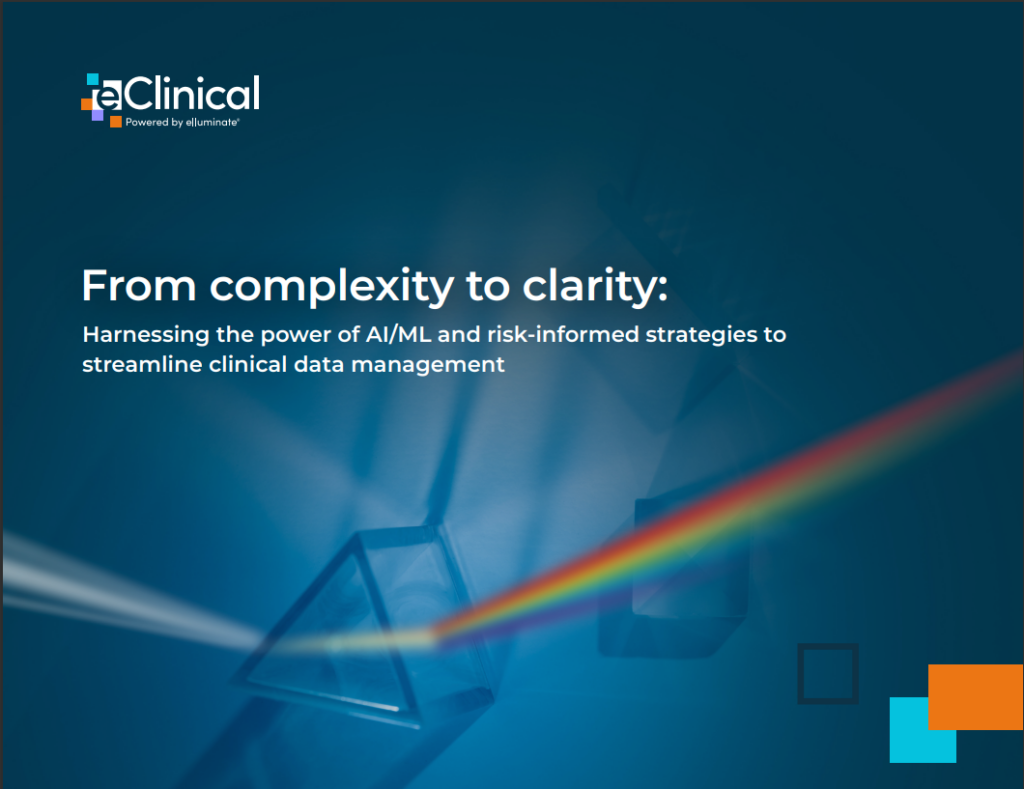In this contributed article, Kalyan Veeramachaneni, co-founder and CEO of DataCebo, discusses how synthetic data is a useful application of AI technology that is already delivering real, tangible value to customers. More than mere fake data, synthetic data supports data-driven business systems throughout their lifecycle, particularly where ongoing access to production data is impractical or ill-advised.
Data Due Diligence is Critical to Maintaining Compliance and Mitigating Breaches During and After M&As
In this contributed article, Fredrik Forslund, Vice President and General Manager of International Sales for Blancco Technology Group, emphasizes the importance of adhering to cybersecurity and data governance best practices prior to an M&A to prevent a data breach and ensure the protection of an organization’s customer and corporate data.
Transforming AI’s Memory Constraints: The Evolution with CXL Technology
In this contributed article, Jianping (JP) Jiang, VP of Business, Operation and Product at Xconn Technologies, discusses how the integration of CXL technology is a pivotal moment in overcoming the memory barriers faced by AI and HPC applications. By significantly enhancing memory bandwidth, capacity, and interoperability, CXL not only optimizes current workloads but also sets the stage for future advancements.
Unlocking AI’s Potential: How to Build High-quality Data Foundations
In this contributed article, Chris Round, Senior Product Manager at Lakeside Software, suggests that AI’s critical flaw is that it doesn’t know good data from bad – it just knows data. So your AI is only as good as its underlying foundations.
Business Leaders Must Prioritize Data Quality to Ensure Lasting AI Implementation
In this contributed article, Subbiah Muthiah, CTO of Emerging Technologies at Qualitest, takes a deep dive into how raw data can throw specialized AI into disarray. While raw data has its uses, properly processed data is vital to the success of niche AI. Industries such as medical, legal, and pharma require data that is contextualized, categorized, and verified. Business leaders must master data processing to succeed in an AI-powered world.
How Private Networks Are Driving the Data-Powered Enterprise of Tomorrow
In this contributed article, Ana Redondo, Product Strategy Lead at Amdocs Technology, explores how enterprises will begin shifting their focus in 2024 to better leverage their data analytics. She explains how this shift in mindset will bring forth an upcoming data revolution. Including how the reservoirs of data, from legacy to next-gen operational technology systems, combined with the troves from the Edge and Network, will provide a new level of insights for enterprises.
Branding in 2024: Harness AI, Or AI Will Harness You
In this contributed article, Todd Irwin, founder and Chief Strategy Officer at Fazer, drops some hard truths about AI. It’s not magic fairy dust that will magically make your brand cool. It’s time to future-proof your brand. Integrate AI or get left in the digital dustbin.
How Organizations Can Avoid AI Sticker Shock
In this contributed article, Chris Opat, Backblaze senior vice president of cloud operations, highlights how companies can innovate with AI while staying within the budget by understanding the type of AI you’re training, its latency requirements, the quantities of training data, and what third-party data you’ll need.
Enhancing Business Innovation and Operational Efficiency Through Historical Data
In this contributed article, Adrian Kunzle, Chief Technology Officer at Own Company, discusses strategies around using historical data to understand their businesses better and fill gaps are often overlooked. When organizations maximize historical data, they can improve AI-driven decisions, reduce the overhead of data warehouses and ETL processes, while simultaneously driving portability and automation.











